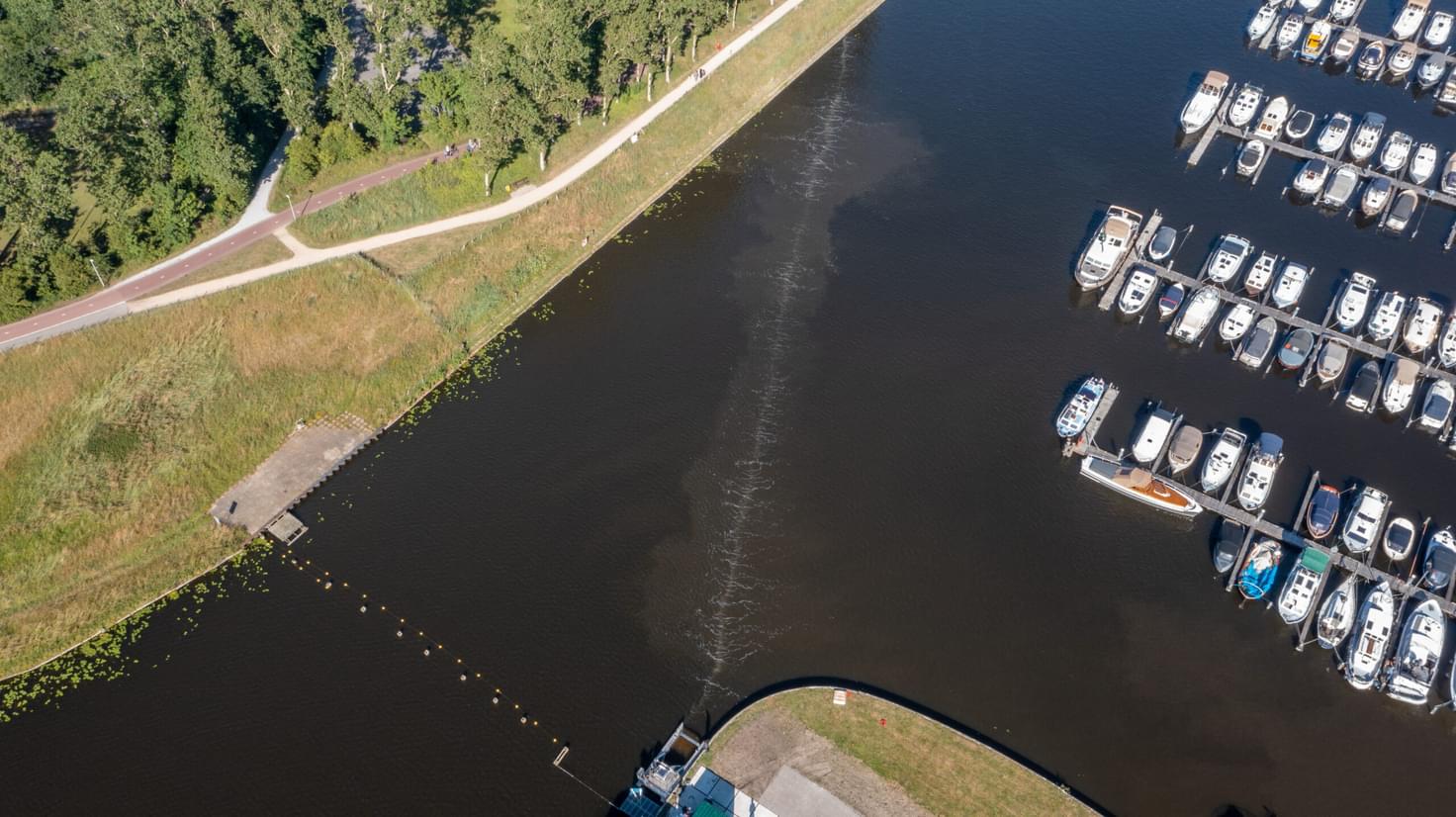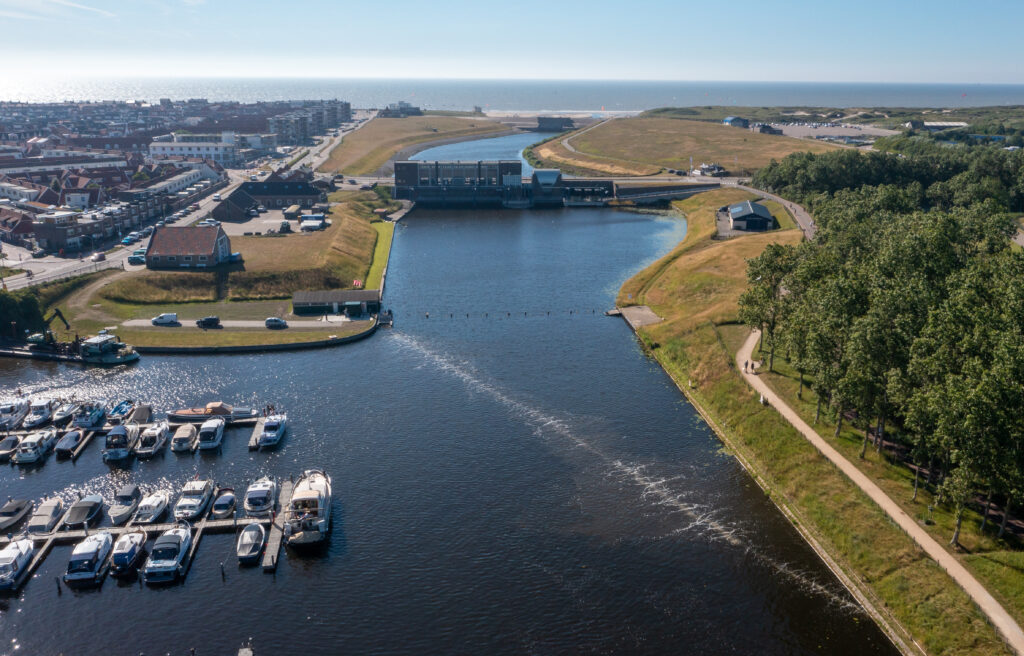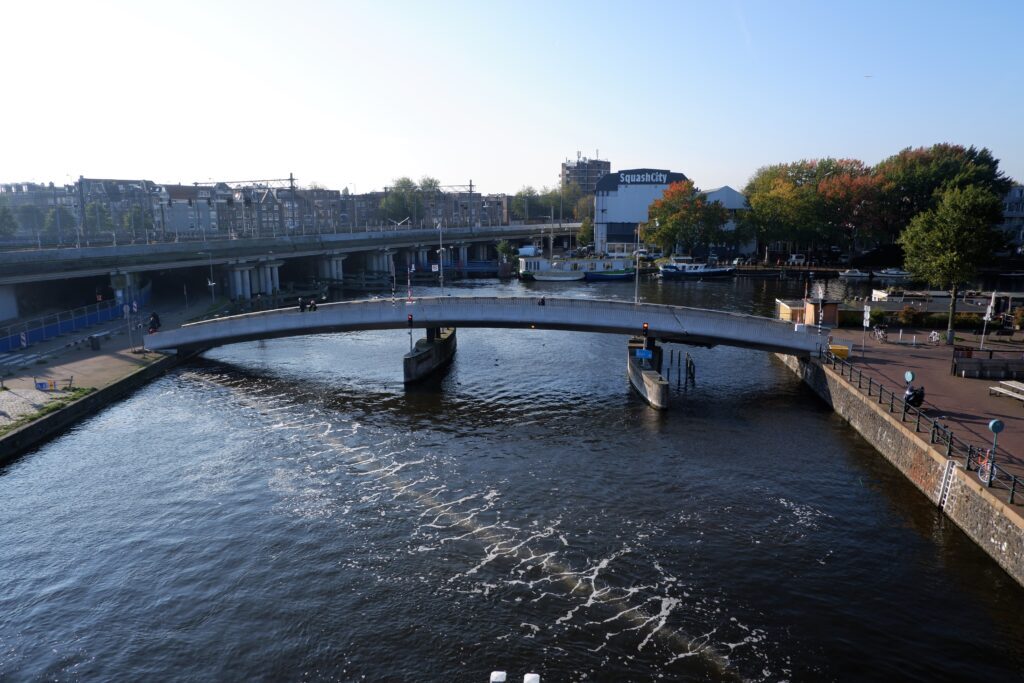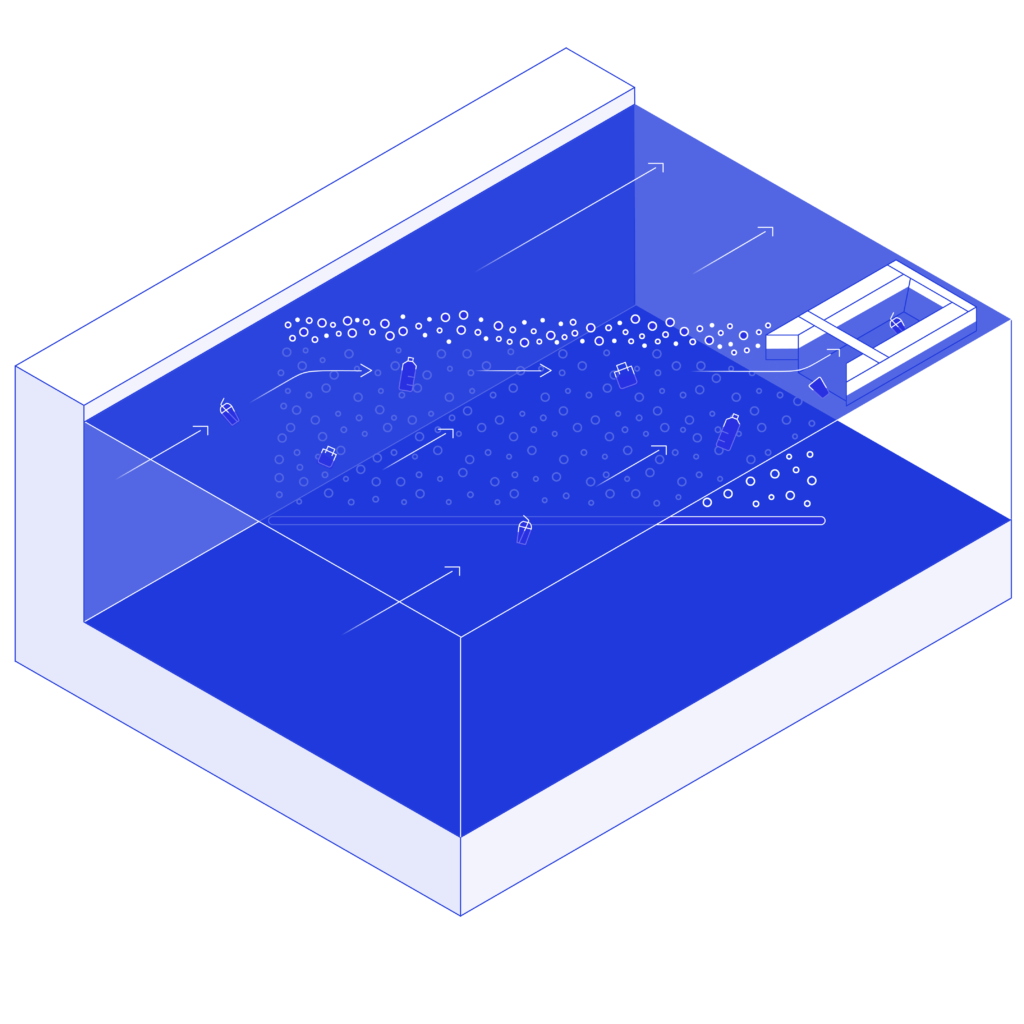
Words by Abi Scaife
Bubbles. You love them in the bath, in a bottle, in your flavoured water.
But now, there’s an even better reason to love these fun and whimsical miracles of science.

Every year, 8 million metric tons of plastic ends up in our oceans - and as much as 80% of that plastic is estimated to have arrived there after being dumped into rivers.
A team of Dutch inventors came up with the Great Bubble Barrier back in 2019 and the first one was deployed in the mouth of the Oude Rijn (Old Rhine) river at Katwijk in mid-western Netherlands.
Locals have been upset by the plastic littering nearby beaches for a long time and, finally, there is an invention that will do something about it.

The Great Bubble Barrier works by creating a ‘bubble curtain’ using a perforated tube placed diagonally on the bottom of the waterway. Air is pumped through this tube, creating bubbles!
The bubble curtain prevents plastics from passing through and instead pushes them to the surface of the water and to the edges of the waterway where there is a catchment system. After this, the plastic can be appropriately disposed of, preventing it from polluting oceans and beaches.

The bubble curtain allows fish and otherwildlife to pass through unhindered, and the whole system works 24/7, 365, regardless of what the water levels are like.
Since the success of the bubble barrier in the Netherlands, another has been deployed in Amsterdam, and two more are planned for Portugal and Germany.